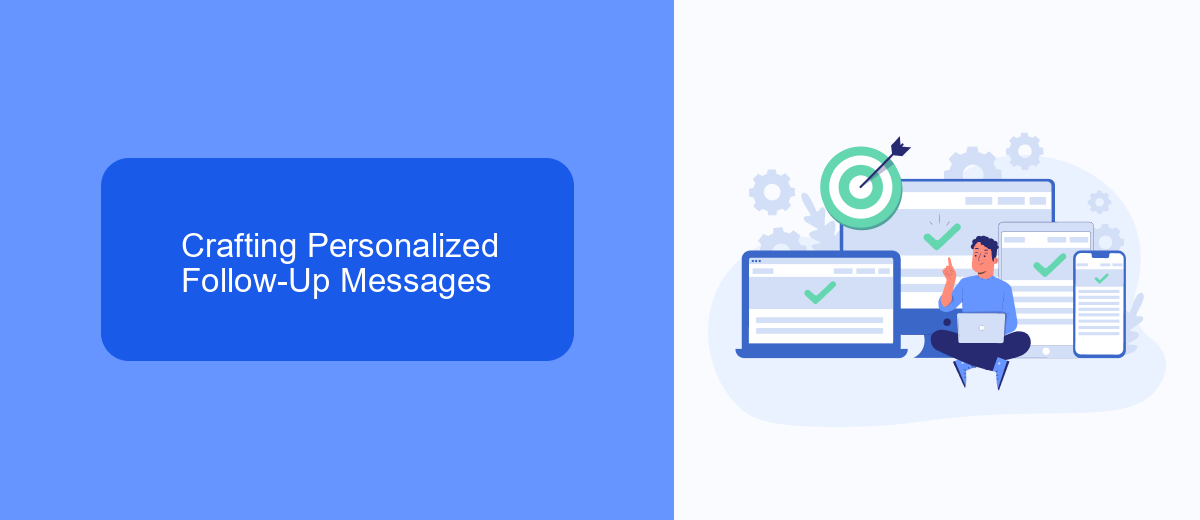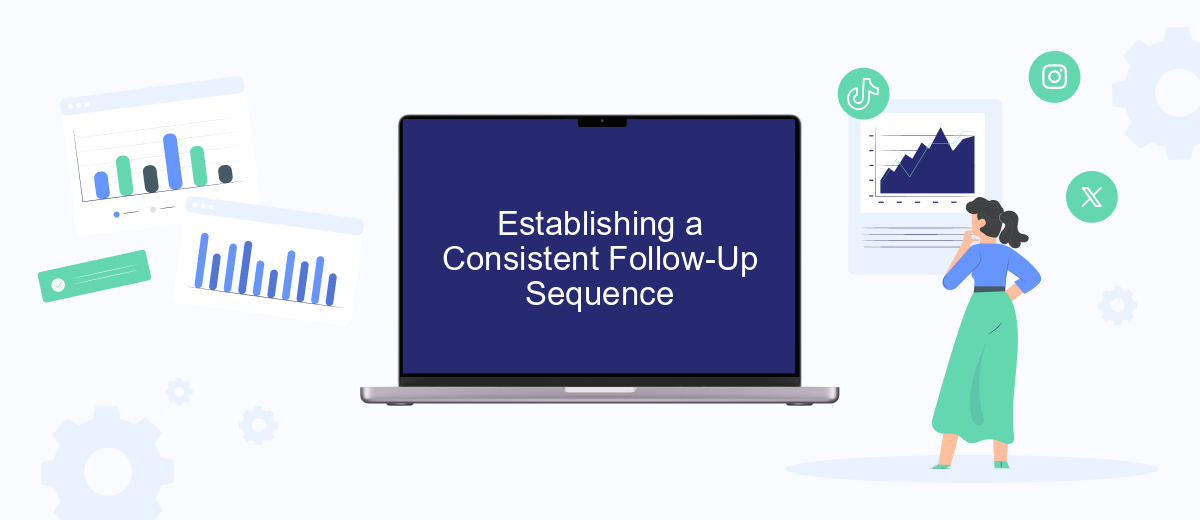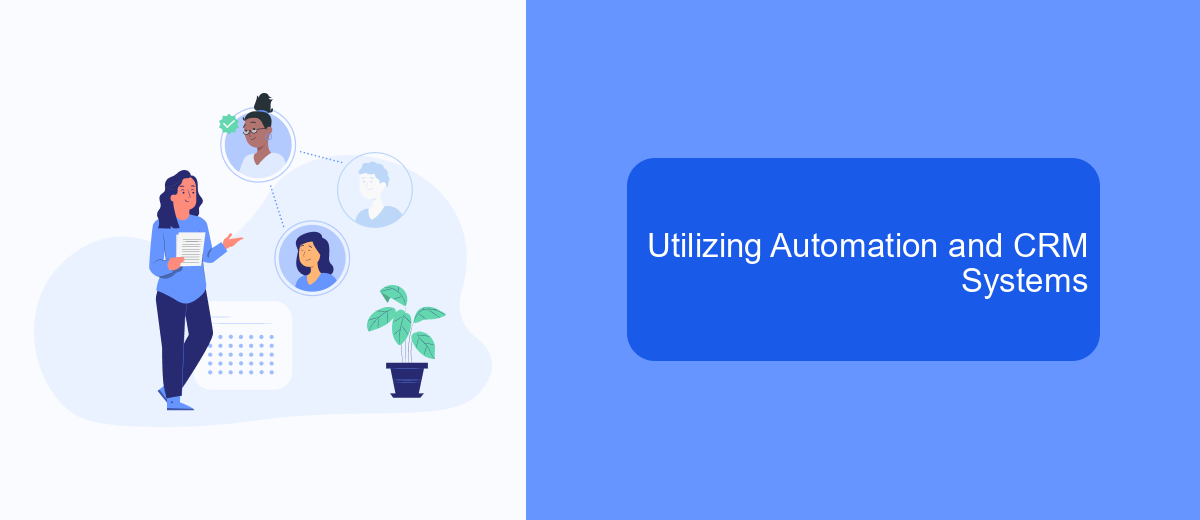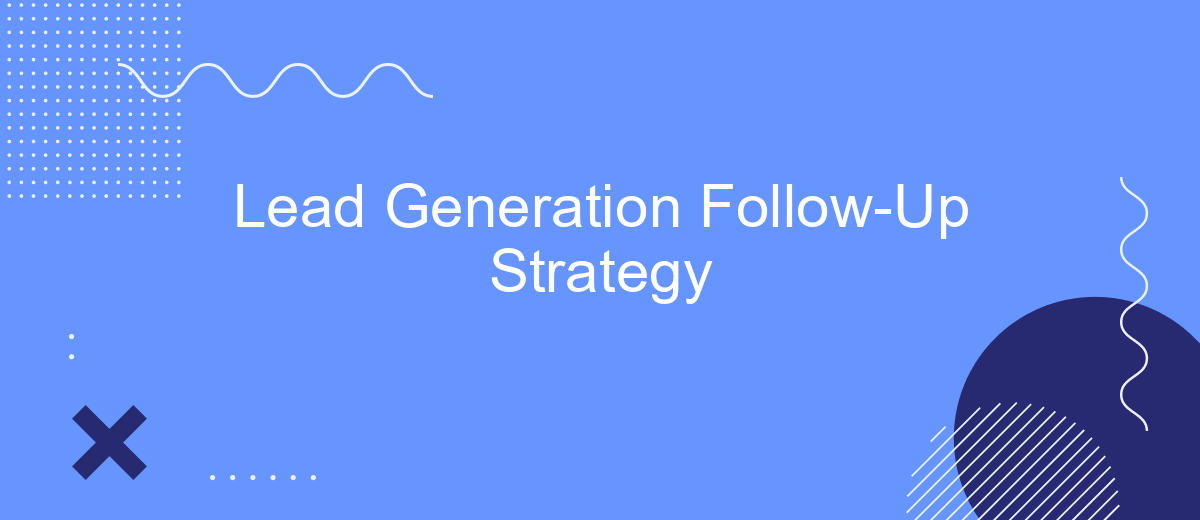In the fast-paced world of digital marketing, having a robust lead generation strategy is only half the battle. The real magic lies in the follow-up. An effective follow-up strategy can significantly enhance conversion rates, turning potential leads into loyal customers. This article explores key tactics and best practices for crafting a follow-up strategy that not only engages but also nurtures leads through the sales funnel.
Understanding Your Lead Generation Channels
Understanding your lead generation channels is crucial for developing an effective follow-up strategy. Each channel provides a unique way to reach and engage potential customers. By analyzing the strengths and weaknesses of each channel, you can tailor your approach to maximize conversions and build stronger relationships with leads.
- Email Marketing: A direct and personal way to reach leads, allowing for targeted messaging and segmentation.
- Social Media: Offers a broad reach and the ability to engage with leads through interactive content and real-time communication.
- Content Marketing: Attracts leads by providing valuable information, establishing your brand as an authority in your industry.
- PPC Advertising: Generates immediate visibility and can be highly targeted based on demographics and interests.
- SEO: Increases organic visibility and attracts leads actively searching for your products or services.
By understanding the nuances of each lead generation channel, you can prioritize your efforts and allocate resources effectively. This strategic approach ensures that your follow-up efforts are well-aligned with the preferences and behaviors of your audience, ultimately leading to higher conversion rates and a more robust sales pipeline.
Crafting Personalized Follow-Up Messages

Creating personalized follow-up messages is crucial for establishing meaningful connections with potential leads. Start by addressing the recipient by their name and referencing any previous interactions or specific interests they have shown. This demonstrates that you value their time and understand their unique needs. Utilize data from your CRM to tailor your message content, ensuring that it resonates with the recipient’s current stage in the buyer's journey. Personalization fosters trust and increases the likelihood of engagement, making your follow-up efforts more effective.
To streamline the process of crafting personalized messages, consider integrating automation tools such as SaveMyLeads. This service allows you to seamlessly connect your CRM with various communication platforms, enabling automatic data synchronization and message customization. By leveraging SaveMyLeads, you can efficiently manage and personalize your follow-up communications, ensuring that each message is timely and relevant. This not only saves time but also enhances the overall lead nurturing process, ultimately driving better conversion rates.
Establishing a Consistent Follow-Up Sequence

Creating a consistent follow-up sequence is crucial for maintaining engagement and nurturing relationships with potential leads. A well-structured sequence ensures that your messages are timely, relevant, and build upon each other to guide prospects through the sales funnel. By establishing a clear plan, you can systematically address the needs and concerns of your leads, increasing the likelihood of conversion.
- Identify the optimal timing for each follow-up message, considering the typical sales cycle and the specific behaviors of your target audience.
- Develop a variety of content types for your follow-ups, such as emails, phone calls, and social media interactions, to keep the communication dynamic and engaging.
- Utilize automation tools to schedule and manage your follow-up sequence, ensuring that no lead is neglected and that each receives personalized attention.
Consistency in follow-up sequences not only demonstrates professionalism but also builds trust with your leads. By providing valuable information and maintaining regular contact, you position your brand as attentive and reliable. This approach not only enhances the chances of conversion but also fosters long-term relationships with clients, ultimately contributing to sustained business growth.
Utilizing Automation and CRM Systems

Incorporating automation and CRM systems into your lead generation follow-up strategy can significantly enhance efficiency and effectiveness. Automation tools streamline repetitive tasks, allowing your sales team to focus on personalized interactions with potential clients. By automating routine follow-up emails and reminders, you ensure consistent communication without overwhelming your team.
CRM systems play a crucial role in organizing and managing customer interactions. They provide valuable insights into customer behavior and preferences, enabling a more tailored approach to follow-ups. With CRM, you can track the progress of each lead, ensuring timely and relevant engagement that increases the chances of conversion.
- Automate follow-up emails to maintain consistent communication.
- Use CRM data to personalize interactions based on customer preferences.
- Schedule reminders for timely follow-ups to avoid missed opportunities.
- Analyze CRM reports to identify trends and improve your strategy.
By leveraging automation and CRM systems, businesses can create a more efficient and responsive lead follow-up process. This approach not only saves time but also enhances the quality of interactions, leading to higher conversion rates and improved customer satisfaction. Investing in these technologies ultimately supports a more strategic and data-driven approach to lead management.
Analyzing and Optimizing Your Follow-Up Strategy
To effectively analyze your follow-up strategy, start by examining key performance metrics such as open rates, response rates, and conversion rates. These metrics will provide insights into how well your messages are resonating with leads. Identify patterns in successful interactions and adjust your approach accordingly. Consider segmenting your audience to tailor follow-up messages more precisely, enhancing engagement. Regularly review your strategy to ensure it aligns with your overall lead generation goals, and be open to testing new approaches to improve results.
Optimizing your follow-up strategy involves leveraging tools that streamline the process. SaveMyLeads, for example, can automate lead data integration from various platforms, ensuring timely and personalized follow-ups. By automating these processes, you reduce manual errors and free up resources to focus on crafting compelling messages. Continuously refine your strategy by incorporating feedback and performance data. This iterative process will help you stay agile and responsive to changing market dynamics, ultimately boosting your lead conversion rates.
FAQ
What is a lead generation follow-up strategy, and why is it important?
How often should I follow up with a lead?
What methods can I use for following up with leads?
How can I automate my follow-up process?
What should I include in my follow-up messages?
Would you like your employees to receive real-time data on new Facebook leads, and automatically send a welcome email or SMS to users who have responded to your social media ad? All this and more can be implemented using the SaveMyLeads system. Connect the necessary services to your Facebook advertising account and automate data transfer and routine work. Let your employees focus on what really matters, rather than wasting time manually transferring data or sending out template emails.
